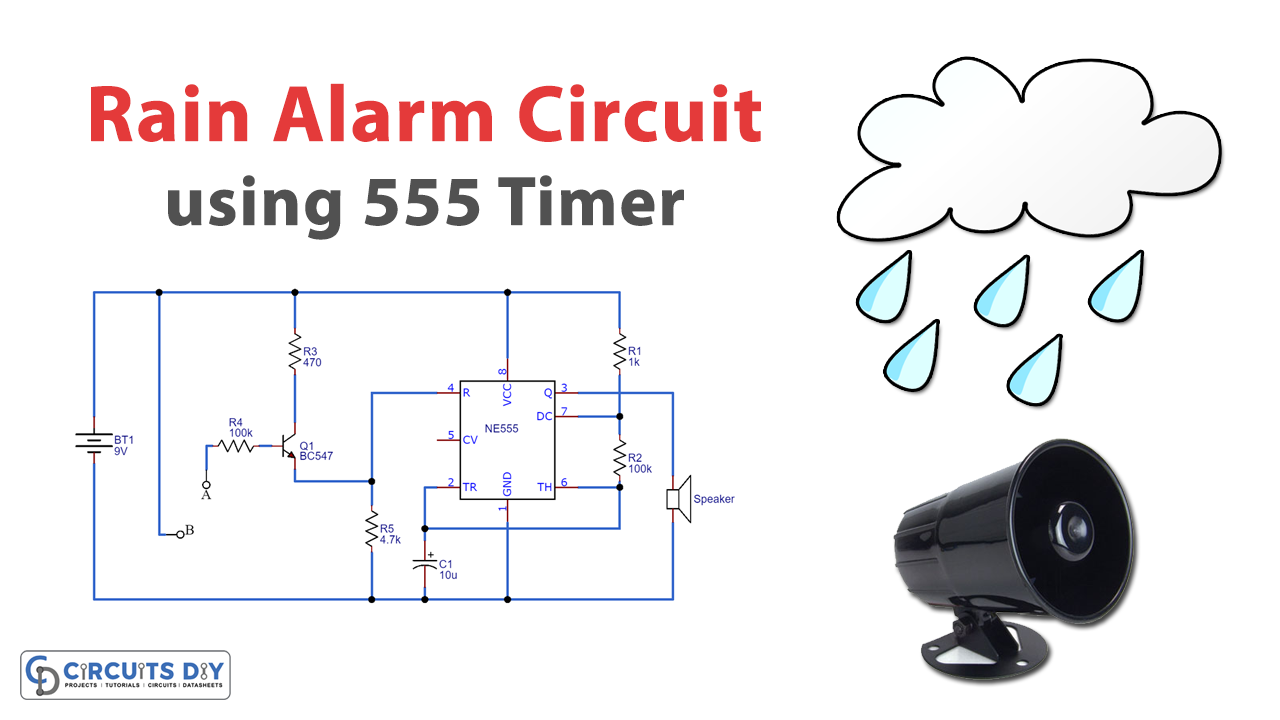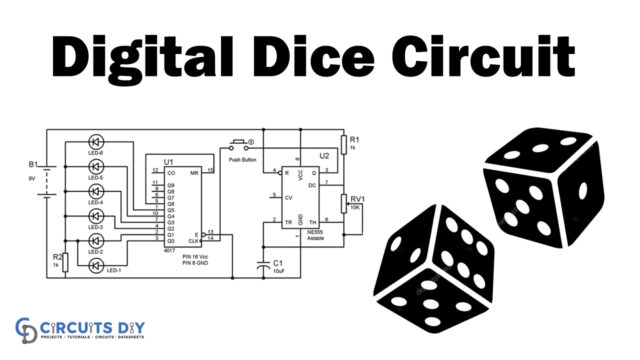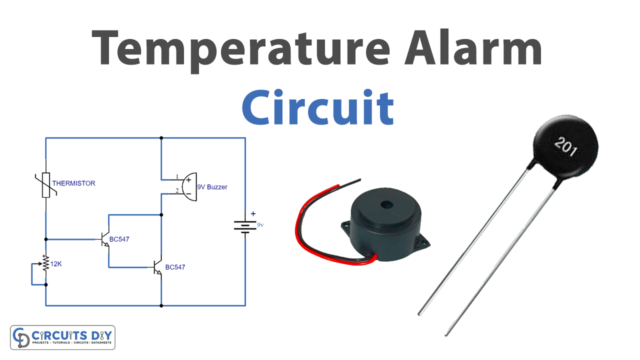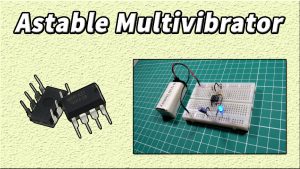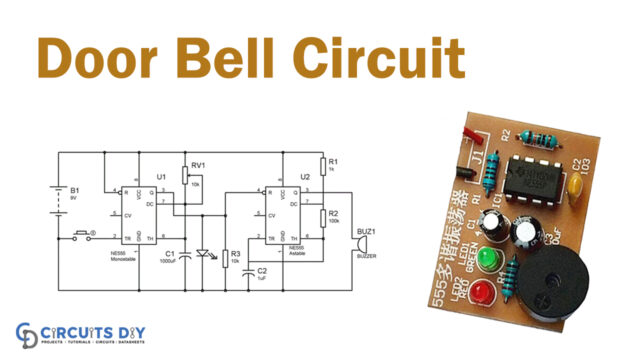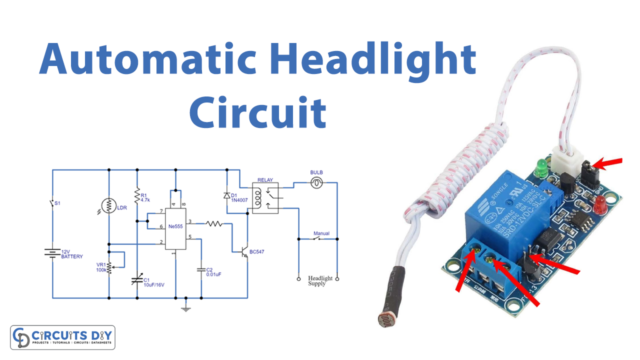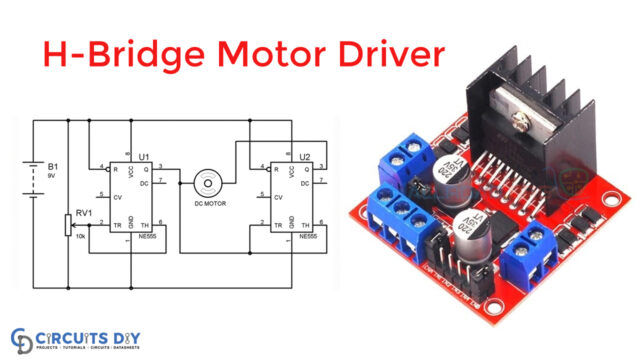A rain alarm project is a very simple and useful project. It detects the rainwater and triggers the buzzer or alarm. In this tutorial, we have designed the rain alarm circuit by using 555 Timer IC. This project gives an alarm when rainwater is detected. So that some actions can be taken for rainwater harvesting and also save the rainwater for use later.
When the rainwater sensor detects rain it sends the signal to the 555 Timer IC. The 555 Timer IC operates in astable mode. This activates the buzzer for an indication of the rain.

Hardware Required
The following components are required to make the Rain Alarm Circuit
| S.No | Components | Value | QTY |
|---|---|---|---|
| 1 | IC | NE555 Timer | 1 |
| 2 | NPN Transistor | BC547 | 1 |
| 3 | Resistors | 470, 100k, 1k, 4.7K | 1, 2, 1, 1 |
| 4 | Buzzer | – | 1 |
| 5 | Capacitor | 10uf | 1 |
| 6 | Rain sensor | – | 1 |
| 7 | Battery | 9V |
555 IC Pinout

For a detailed description of pinout, dimension features, and specifications download the datasheet of 555 Timer
Rain Alarm Circuit
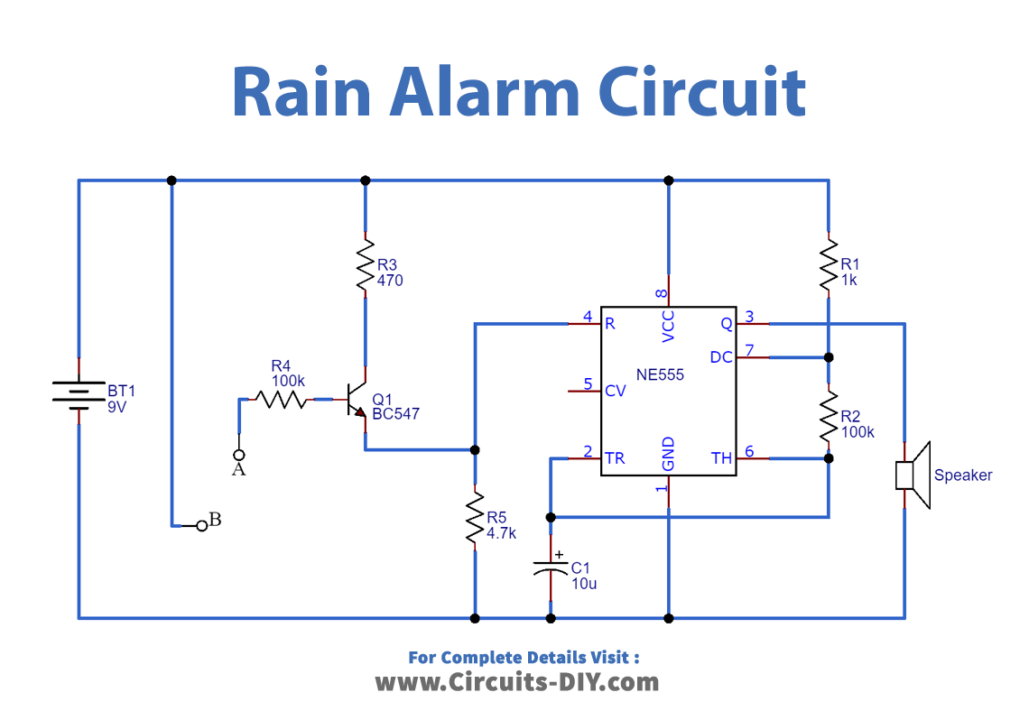
Working Explanation
The three main components of the rain alarm project are the Rainwater sensor, 555 Timer IC and a buzzer. The rainwater sensor is a simple sensor and easy tool that detects rain. It acts as a simple switch. It remains open when there is no rain and closes when it detects rain. The rainwater sensor is just a board of bakelite or mica with aluminum wire.
Aluminum wire is pasted on the flat board. It should be noted that there shall be no space between the wire and the board. When the rainwater sensor is completed it connects to the circuit which allows the voltage to pass through the wires. In case there is no rain the resistance between the contacts remains very high. As the rain comes the water drops fall on the rain sensor and form a conductive path. This also decreases resistance between the contacts.
Application
The rain alarm project plays an important role in different industries such as automobiles, irrigation, and wireless communications.
- In irrigation, it detects the rain and alerts the farmer.
- It detects the rain and actives the wiper by informing the driver in the automobiles
- In communications, it boosts the power of an antenna and increases the signal strength to send or receive.

